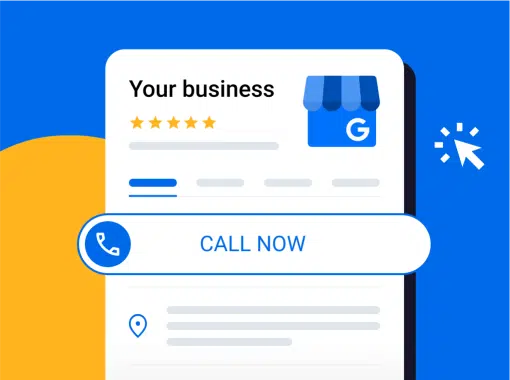
Conversion optimization for SEO is the process of making your website more attractive to search engines and more engaging to visitors, with the goal of increasing the number of visitors that come to your website.
This is different from conversion rate optimization (CRO), which focuses on what website visitors do while visiting your site, e.g., making a purchase, subscribing to your e-mail list, or contacting your company.
In order to increase conversions on your site, you first need people to visit your site. This is where conversion optimization for SEO comes into play. When it comes to SEO, a “conversion” is when a user lands on your website.
Here are 5 conversion optimization strategies to help boost the number of visitors to your website.
1. Organize Your Site Architecture
Site architecture refers to how content is organized on your website, including your site menu, headers on each page, and how pages are nested. The way you organize pages on your site makes a difference in how visitors navigate your site and impacts how search engines crawl your website to identify your relevance in online searches.
Think about the intent of visitors who come to your website: what information are they looking for? What questions do they have? What are they hoping to do when they arrive at your site? The better organized your pages are, the easier it is for search engine crawlers to understand what your website is about and what information it provides to visitors.
A well-organized site architecture makes it more likely that consumers will see your website in their search results — and when they do click on your website, they’ll find just what they’re looking for.
2. Be Specific in Your Site Content
It’s easy to assume that the content on your website should be high-level and broad in scope, to reach the widest audience possible.
The problem is that individual visitors are looking for personalized information, not broad information. Trying to keep your content high-level can actually drive visitors away from your site. If users need to dig through irrelevant content to find the specific information they want, they are likely to leave your site and find a competitor.
Most visitors will land on your site with a particular question or goal in mind. When you understand the primary goals and needs that your target audience is looking to address, you can personalize your content to those needs. The more specific your content is, the better you can serve each visitor.
Highly focused content also makes your site more likely to rank in longtail search results, helping to boost traffic to your website. Specific content helps search engines connect your website to relevant search phrases that users type.
3. Use Heat Mapping to See How Visitors Interact with Your Site
Heatmapping is a strategy used in CRO to understand how visitors navigate through the pages of your site, what elements they engage with, and what they spend the most time looking at.
A heatmapping tool is implemented on your site and tracks visitors, then creates a visualization (or heatmap) of the activity that was tracked. A heatmap is color-coded based on how much attention each aspect of the site receives. This allows you to see which areas of your site are most looked at and clicked on, and how visitors move around on the site.
With heat mapping analysis, you can improve the layout and elements on your site to give visitors a clear path to finding the information they came for. If your heatmap reveals that visitors don’t spend much time looking at the site menu, consider reorganizing your site menu to make the options clearer or more relevant. If heat mapping shows that visitors rarely click on your company phone number, consider placing the number in a different spot on the page, where visitors can more easily find it.
4. A/B Test the Elements of Your SEO
One of the strongest methods for boosting website traffic is to use A/B testing to experiment with the elements of your SEO campaign. A/B testing is a process by which you isolate a particular element of your site—such as the header text on a landing page, or color of a button — and test two options (version A and version B) to see which produces higher results.
A/B testing tools allow you to set two versions of an element on your site, and randomize which version is presented to visitors. After the allotted time period, you’ll receive a report with information on which version of the site visitors stayed on longer, which received more clicks, and more. You may test out two different versions of the meta description for your site, to see which is clicked on more often. Or, test two different headers for a landing page to see if one shows up in more relevant keyword searches.
By A/B testing important SEO elements one at a time, you can optimize your site in the way that your visitors respond to best. When more visitors click on your site in search results and stay on your site longer, search engines take this as a sign that your website is valuable to consumers. By extension, they will reward your site by ranking it higher in relevant search results moving forward.
5. Implement Dynamic Number Insertion
Dynamic number insertion is a business strategy that uses multiple phone numbers to organize customers and campaigns. You may use customized phone numbers for different zip codes, business verticals, location-based landing pages, or special offers.
While custom phone numbers can be an excellent marketing tool, having too many different phone numbers associated with one business isn’t always good for your SEO. Search engines may become confused when crawling your website to find your business contact info, which may lower your rankings.
Fortunately, there’s a fix. To avoid any negative impact on your SEO, you can use dynamic number insertion. With a bit of JavaScript code added to each webpage, you can personalize which version of your phone number appears for visitors based on preset factors (such as how they came to your site or which page of your website they landed on). The JavaScript code snippet isn’t registered by search engine crawlers, allowing you to dynamically present different phone numbers to different consumers, without confusing search engines or hurting your ranking.












